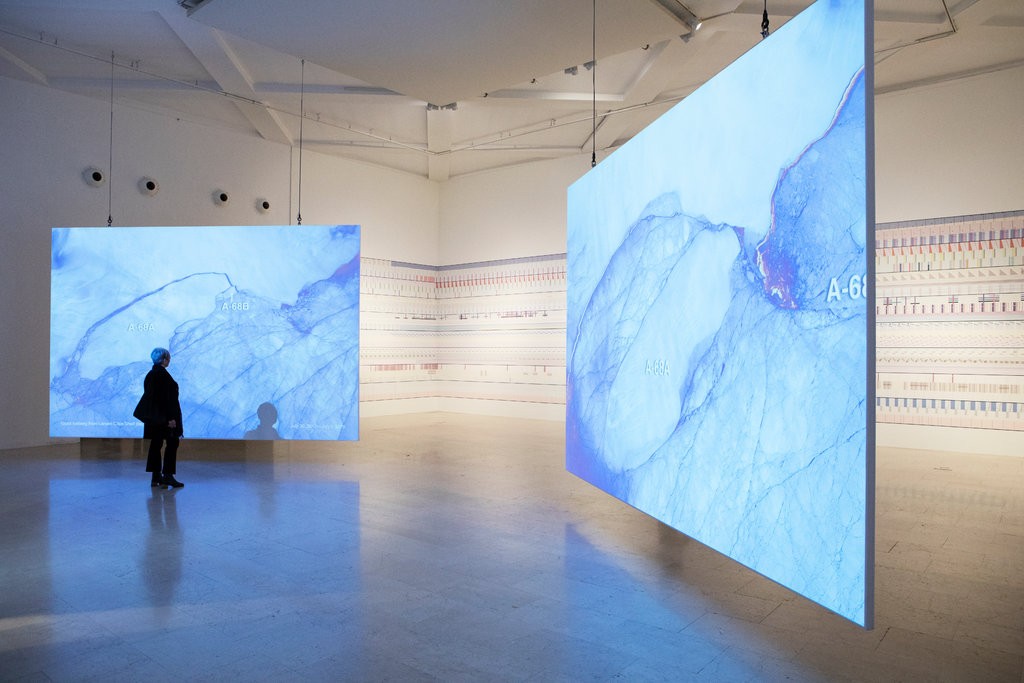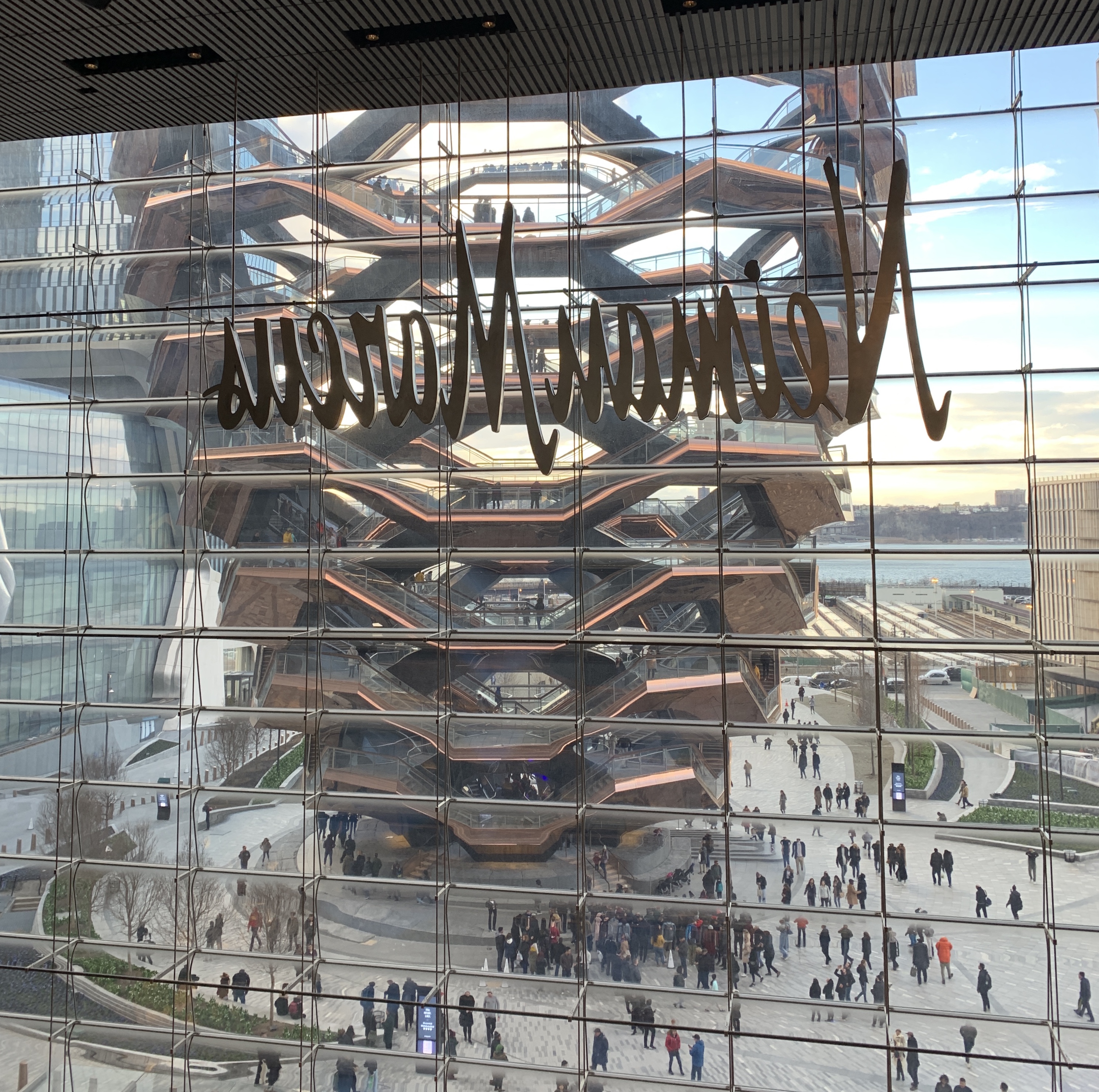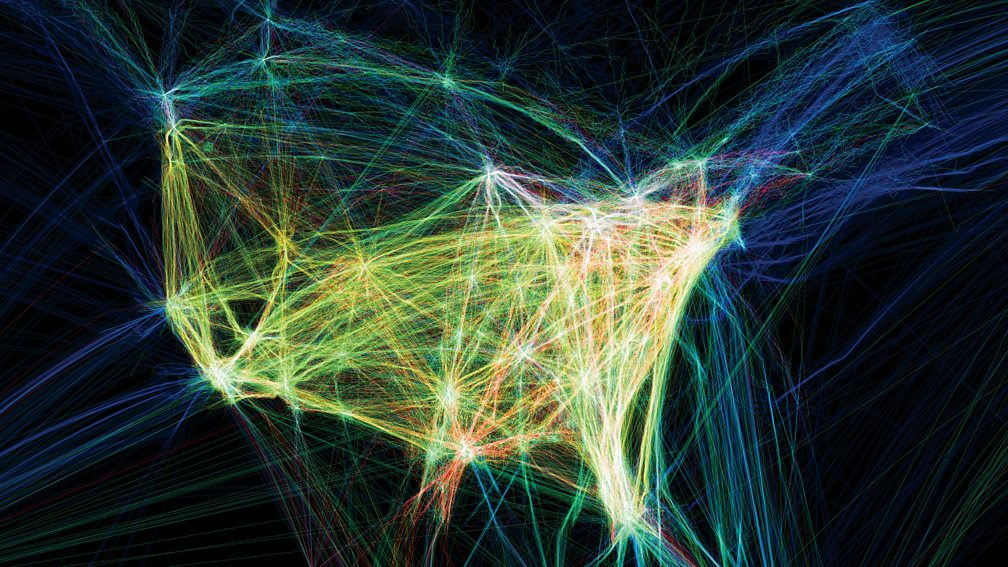This Week in Art News
Rembrandt’s Big Retro, On Hating “Vessel” & More
Each week, we scour the internet for the most significant, surprising, and outrageous art news—helping you stay informed (and sound smart). Have a suggestion? Let us know on social media (@meetmeural) with the tag #thisweekinartnews. (See all installments.)
The title of this piece speaks for itself. Rembrandt may be one of the most well-known names in art, but his life, as Siegal puts it, “was far from a masterpiece.” This year marks the 350th anniversary of his death (something we remarkably don’t know much about), and with it comes a slew of exhibitions—from Amsterdam (at the Rijksmuseum of course) to the Persian Gulf. More of a survey of those shows than a recap of the artist’s life, the article will still be useful for anyone hungry to learn more about the Dutch Old Master.

With quite a conclusion of its catalog essay—“Our only chance at survival is to design our own beautiful extinction”—the 22nd edition of Milan Triennial does not pull punches. The main exhibition addresses “humanity’s troubled relationship with nature,” which is mostly about (but not only about) climate change. Bradley gives the show a positive review, noting, “cerebral though it is, the exhibition hits hard.” The piece is also a great way to experience the Triennial when a flight to Italy isn’t in the cards.

The reviews of Hudson Yards are in and they are, not surprisingly, not positive. At least this article admits the joy of hating the new Manhattan real estate development, which has come to stand for all of what’s wrong with New York (and, possibly, the world)—most notably, income inequality. As Russeth himself says: “One day in the future, when the writers of history textbooks want to illustrate the appalling contradictions of the present moment, it’s not hard to imagine them pairing an image of Vessel with statistics about income inequality in the United States.”

By now, the term “big data” isn’t new, but that doesn’t make the idea any less relevant. It’s still making waves across virtually every industry—including art. In this straightforward survey of four artists putting big data to work, we get a sampling of the many ways art and statistics can dovetail. To see something similar on your Canvas, be sure to check out Eric Corriel and Kevin Halfhill, or browse through our digital art category.



